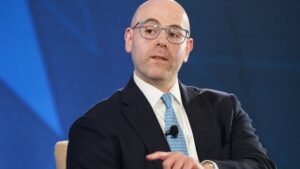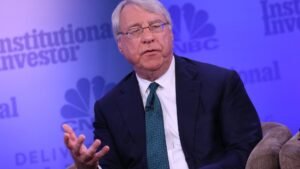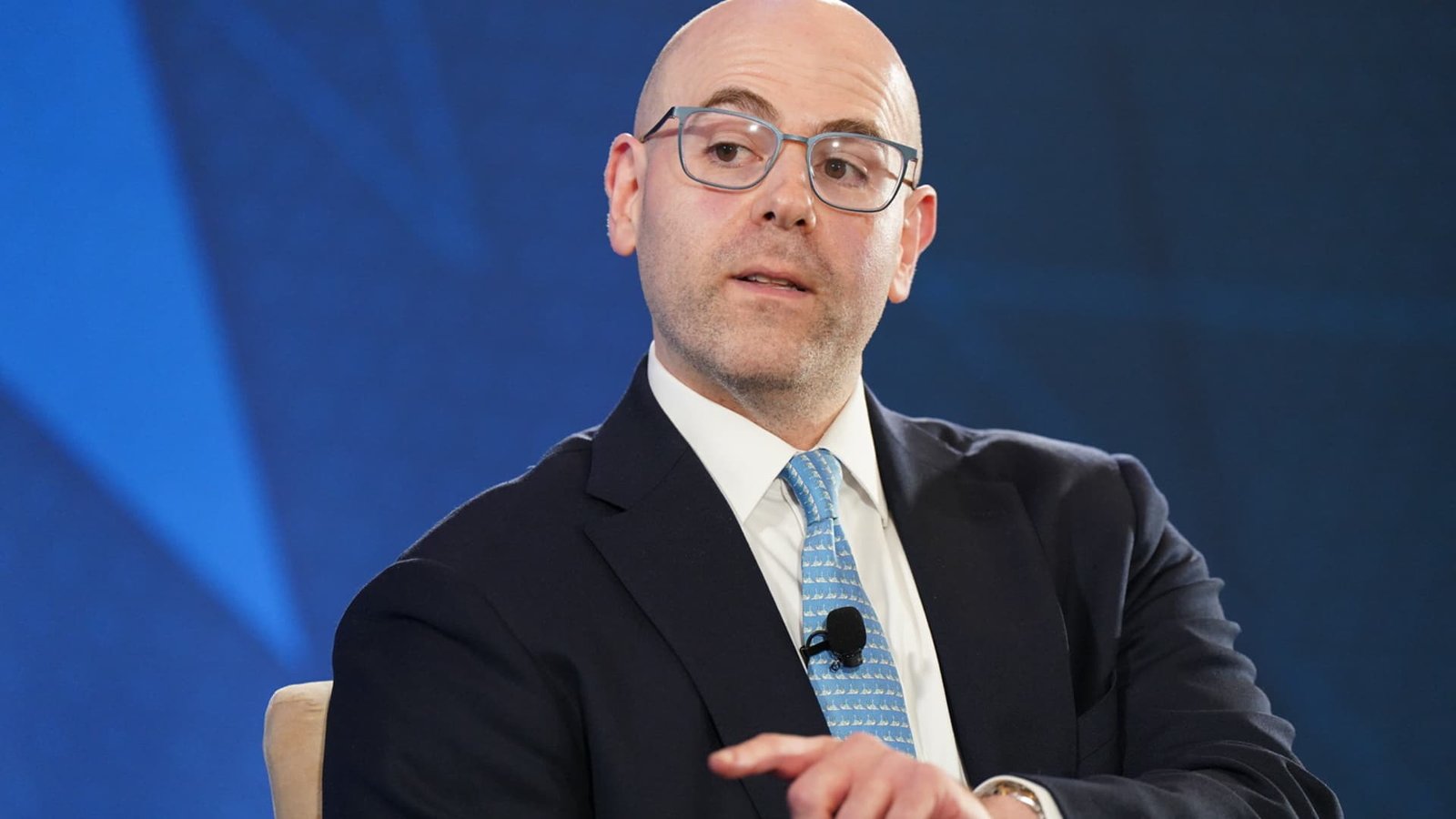Federal Reserve Governor Stephen Miran speaks with CNBC during the Invest i America Forum on Oct. 15, 2025.
CNBC
Federal Reserve Governor Stephen Miran on Monday advocated for further interest rate cuts as a way stave off a potential economic softening ahead.
In a CNBC interview, the central bank official held to his belief that the Fed should be moving at an even more rapid pace than its traditional quarter percentage point reductions.
He advocated, as he has at the previous two Federal Open Market Committee meetings, for a 50 basis point, or half percentage point, reduction, though he said there at least should be a quarter-point easing.
“Nothing is certain. We could get data that would make me change my mind between now and then,” Miran said. “But failing new information that’s made me update my forecasts, looking out in time, yeah, I would think that 50 is appropriate, as I have in the past, but at a minimum 25.”
Despite Miran’s urging for bigger moves, the FOMC in both September and October opted for quarter-point cuts. Miran voted against both those moves but was not joined by any of his colleagues. Kansas City Fed President Jeffrey Schmid voted “no” in October, but only because he wanted to no cuts.
Though there were only two votes against the October cut, public statements from multiple officials have indicated a wide dispersion of opinion among officials.
Fed Chair Jerome Powell alluded to the disagreements at his most recent news conference, in which he indicated that another cut in December is not a foregone conclusion. Some policymakers have expressed hesitancy to but based on data showing inflation remains well above the Fed’s 2% target, while others in favor of lowering rates fear further labor market deterioration.
Miran said not continuing to ease would be short-sighted.
“If you’re making data for what, if you’re making policy for what the data are now, you are backward looking, because it will take 12 to 18 months for that to hit the economy. So you need to make policy now based on where you think the economy is going to be a year to a year and a half from now.”
Policymakers have been handcuffed by a lack of official economic data during the government lockdown. Miran said the data that is available has showed softening in both inflation and the labor market, which itself should make the Fed at least incrementally more dovish than its collective forecast in September indicating a total three cuts this year.
Markets are pricing in about a 63% chance of a third reduction in December, though that has been falling gradually since the October Fed meeting, according to the CME Group’s FedWatch.








